Music centers: types, characteristics and an overview of the best models
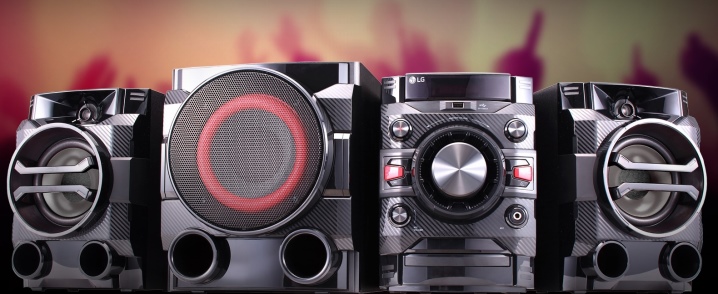
Music centers, despite the increasing distribution of computers, players and other audio equipment, continue to be used. There are various types of such equipment, differing in characteristics. Taking into account their features and reviewing the best models will allow you to make the right choice.
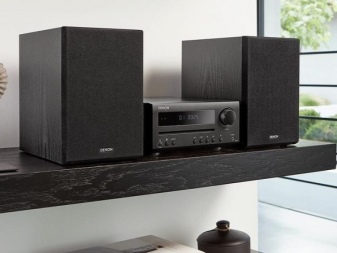
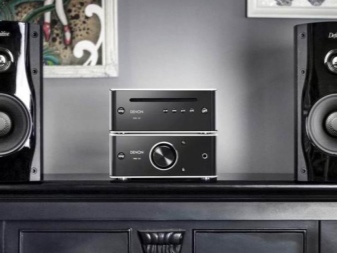
Peculiarities
The topic should start with a definition of what a music center is. Power supply for all major components is fully integrated... Gather together the key elements of system management. Since the component parts of the audio centers are compact, there is no need to prepare complex connections between them. All frequencies are adjusted centrally - using an equalizer.
Advanced models are capable of playing audio files recorded on DVD discs. In fact, karaoke is already provided for everywhere. Therefore, the border between the music center and home theater is practically erased. The quality of work of such equipment is at the highest level.
There are models capable of playing even technically outdated media (tape cassettes, gramophone records).
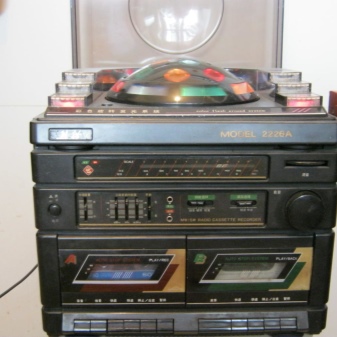

Device and principle of operation
A typical music center consists of:
- frequency amplifier (required);
- acoustic complex (by all means);
- a radio receiver (or VHF-FM, or all-wave range);
- a tape recorder that plays cassettes or even reels of film;
- gramophone record player;
- laser disc player;
- USB-module that allows you to listen to music from a flash drive;
- memory card player;
- Internet access systems for playing remote audio information;
- AUX connectors for connecting to external sound sources.
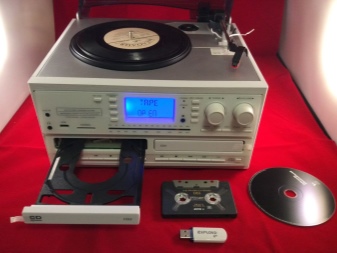

Important: the term "musical center" has no official character... In state standards and other serious documents, other designations for combined equipment are used. Not necessarily all of the components listed above can be combined in it. Some of them, other than the first two, may be missing. Professionals point out that the musical center is part of the so-called transitional audio equipment.
A characteristic feature of this category is that it is already more powerful than the most advanced radio, but still does not reach the stationary acoustic complex. The central controller allows monitoring the operation of peripheral equipment. Keys, other control elements and display screens are connected to the controller using electrical circuits. The front panel is usually equipped with an infrared detector, which allows you to issue commands from the remote control. The power supply can provide:
- connection to the electrical network;
- built-in battery;
- "Batteries" (the least practical and short-lived option with a very limited resource).

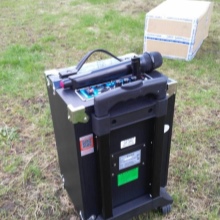
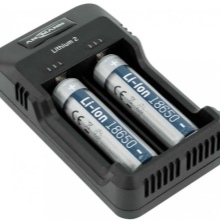
Species overview
Some of the models of musical centers are made with karaoke. When the automation recognizes the connection to a special microphone jack, it mutes the voice of the performer. Therefore, the owners of the device can freely record their own work. Advanced karaoke systems allow you to work with the tone of the sound. May also be available:
- simultaneous execution by several people;
- competition in skill;
- short-term inclusion of the voice of a real performer;
- change the speed of sound playback.
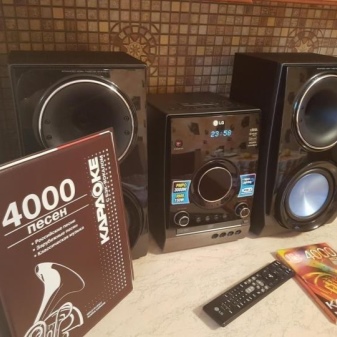
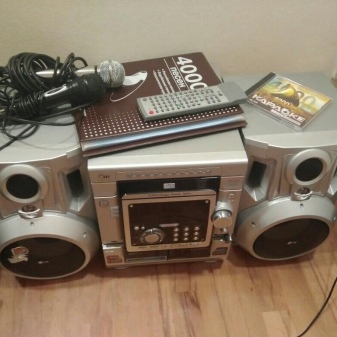
Portable music devices with radio are as popular as karaoke products.
And in terms of practicality, they turn out even better. The ability to listen to a concert or the latest news at any time, the weather forecast is very useful. The difference between specific models is not only in the range of the received signal. Some versions are even capable of recording radio broadcasts to a flash card.
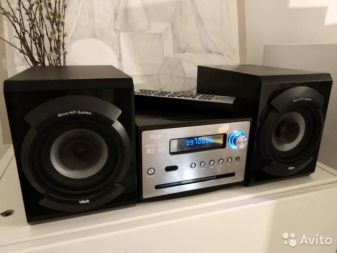
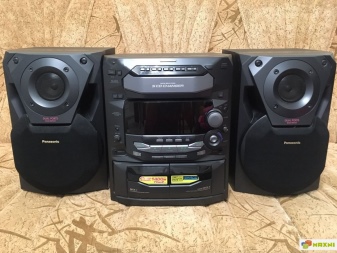
Microsystems
But the most important gradation of musical centers is, of course, in size. Microsystems can hardly boast of very high functionality or increased volume. But they radically save space in the room. The width of the panels usually does not exceed 0.175-0.185 m. The sound volume is no more than 50 W, while there are some weak models that produce only 5 W or a little more.
Cassette decks are usually not available. In the most advanced copies, you can put 1 tape recording. But a CD can be played in almost any microsystem. Experts note that even this class (both with and without a cassette deck) is already confidently ahead of traditional radio tape recorders. But his capabilities are not always enough.
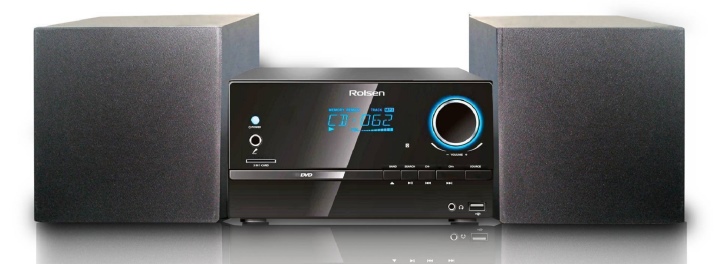
Minisystems
In this case, the width of the front panels increases to 0.215-0.28 m... You can expect to get 50-100 watts of sound. Only a few models fall short of this bar. They often try to compensate for such a disadvantage with some additional function. A double cassette deck and a multi-optical disc player are common in the mini class. A subwoofer is provided, and the surround sound can be carefully adjusted for a variety of parameters.
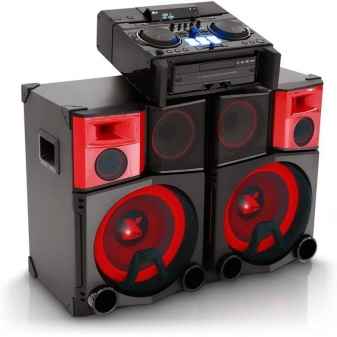
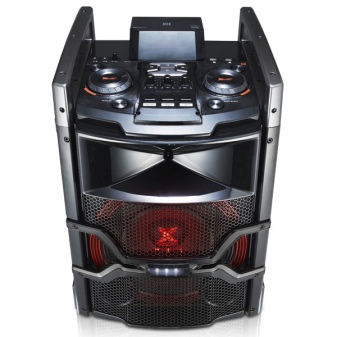
Midisystems
Rarely do such models have a monoblock design, complex block complexes are most often used... Their sound is very advanced. Due to the increased price, technical complexity and significant size, such equipment is purchased only by real music lovers or professional musicians. The front panel width usually varies from 0.32 to 0.36 m. The radio is always digital. Other special features:
- sound volume up to 200 W;
- equalizer with wideband settings;
- frequent equipping with a vinyl player;
- CD player for at least 3 media;
- obligatory two-cassette deck;
- speakers of significant size (otherwise, a high volume of sound cannot be provided).
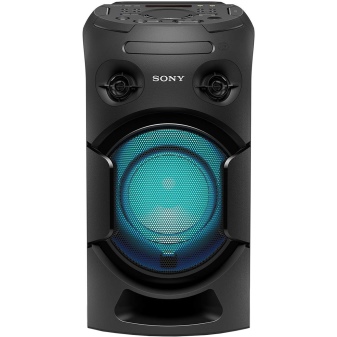
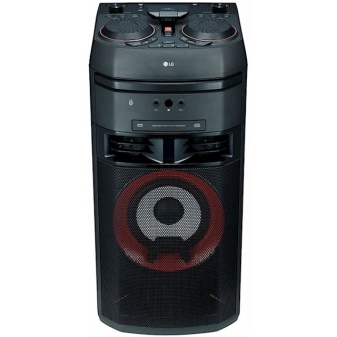
To exchange information wirelessly, music centers with bluetooth are used.
In some cases, the audio system receives sound (for example, from a computer), and in others, it sends it (for example, to wireless headphones). But Bluetooth can have other uses as well, such as remote control and elementary file uploading to separate media. It is worth noting that some models even come without speakers at all. Users can then pick up the speakers themselves or use external playback devices (via the same Bluetooth or cable).
Wall-mounted music center is less common than floor-standing samples. The reason is quite clear: installation on a wall is not possible everywhere, and the support itself must be very strong and stable. This is especially true for midi-class systems, which are quite heavy. In the wall version, flat musical centers are most often produced. They are the most balanced and load the supporting surface less than other models.
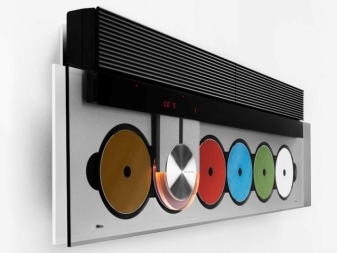
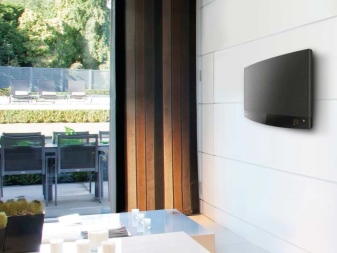
Some versions are specially made for outdoor use. In terms of size and functionality, they have no special differences. At the same time, there is another important feature - almost all such centers operate on a battery. It allows you to play music or listen to the radio for a long time. Important: for use in the cold season, battery systems are even worse than wired ones - in the cold, the battery quickly loses its charge and resource.
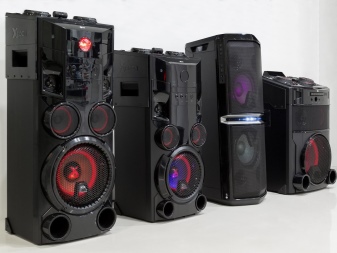
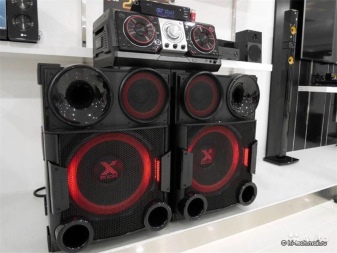
Rating of the best models
Budget
A completely modern music center surely falls into this category. HYUNDAI H-MS100... The product is painted in an attractive black color by default. Its sound power is only 12 watts.But for an audio system installed in an ordinary city apartment, this is quite enough. You can play CD (RW), DVD (RW) with confidence.
Complete Dolby Digital support... Supported DivX Pro, XVID, MPEG 4. The center can receive radio waves of the range 87.5-108 MHz. By default, the tuner is tuned to 20 different radio stations. File playback is possible by connecting USB media.
A standard headphone jack is provided. Users can also use the karaoke mode. The main unit and speakers are made of high-quality plastic. Remote control included. There is also an audio output of the RCA 2.0 standard.
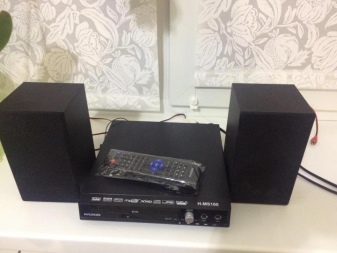
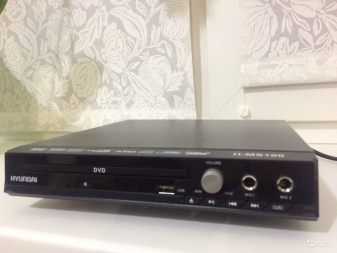
An attractive Japanese music center is slightly more expensive PANASONIC SC-HC200EE-K. Like the previous model, it is painted black. The total power is increased - the sound power reaches 20 watts. The system supports CD-DA and MP3 standards.
The presence of an equalizer is also provided.
Other important features are worth emphasizing:
- RDS support in the radio;
- Bluetooth support;
- total current consumption 14 W;
- total net weight 1.9 kg;
- dimensions 0.4x0.197x0.107 m.
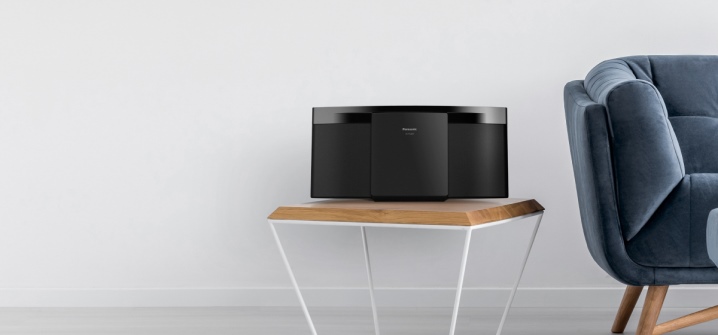
Middle price category
This includes, for example, model Antique 98812. It is done in a retro style. Despite this, the device works at a decent modern level. The dimensions are 0.5x0.34x0.21 m. Signal reception in the AM / FM range is provided. The CD player can play MP3 files at any bit rate. Other parameters:
- net weight 10.2 kg;
- speaker power 30 W;
- wooden case;
- painting in the color of solid beech;
- cassette deck;
- turntable for records, designed for 33, 45 or 78 revolutions.
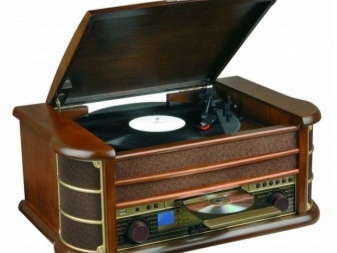
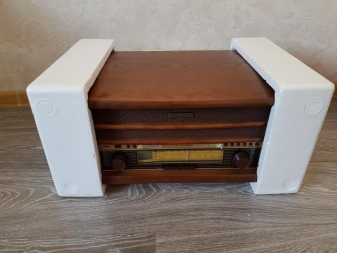
The middle price group also includes LG XBOOM CJ44. The tuner's memory allows you to store 50 different radio stations. This relatively new device is equipped with a display and allows you to entertain yourself using the karaoke mode. The brightness of the screen can be adjusted to your liking. The system enters standby mode after a long period of inactivity. Main technical parameters:
- power 480 W;
- playing CDs and USB media;
- playback of MP3, WMA files;
- 20 equalizer settings;
- radio transmission range from 87.5 to 108 MHz;
- watch;
- smartphone application;
- the ability to program playback.

Attention: regardless of the specific brand, instead of a universal remote control, it is advisable to use remotes specially designed for a specific device. Another good example of a mid-range music center is Pioneer X-HM51-K. The total output power of this microsystem is 100 watts. A wake-up timer is provided, and you can also use USB Flash.
The system can play MP3 files and Audio CDs. A tuner operating in the AM, FM bands memorizes 45 radio stations. You can put a maximum of 1 disc inside. The slide-out tray is used to bookmark it. Dimensions 0.24x0.527x0.325 m. The net weight of this musical center is 9 kg.

Number of radio channels Pioneer XW-SX50-B Black is 0. But the power of the speakers is up to 120 watts. You can control the music center from iPod, Android, iPhone. But the standard control method is to use the remote control.
The dimensions of the device are 0.682x0.327x0.341 m, and its weight is 18 kg.
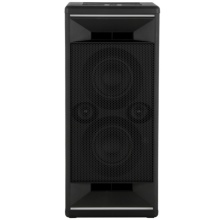
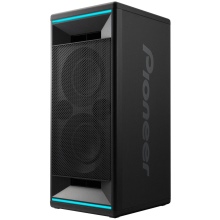
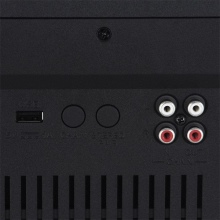
Expensive
Before talking about expensive stereos, it is necessary to point out the differences between the equipment Hi-End and Hi-Fi class. Hi-End technique is a conventional marketing concept. There is no hard standard here. It's only about to satisfy the requests of music lovers as much as possible. Forums on the Internet are full of controversy about which model is better, and what are the real criteria for classifying devices in the Hi-End category.
However, there is only one thing in common between such a technique - it is very expensive... In this case, it is done strictly according to individual tastes. And what admires one audiophile may leave another indifferent or even infuriate.But what the industry can present in the expensive segment for professional musicians and connoisseurs is what is more important. And here consumers are waiting first of all equipment of the Sony brand.
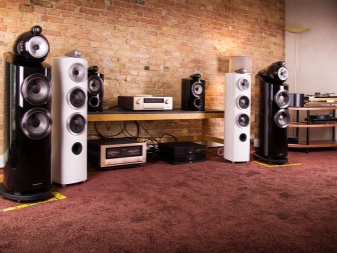

A good example is the V41D. This model can work in Bluetooth data transmission mode. The developers made sure that the lighting was carefully synchronized with the sound. Streaming will delight tech enthusiasts and those looking to get the most out of their technology. The device can demonstrate "club" backlighting of green and blue colors. Two outputs with microphones allow you to sing in karaoke with friends, and gesture control is also implemented.
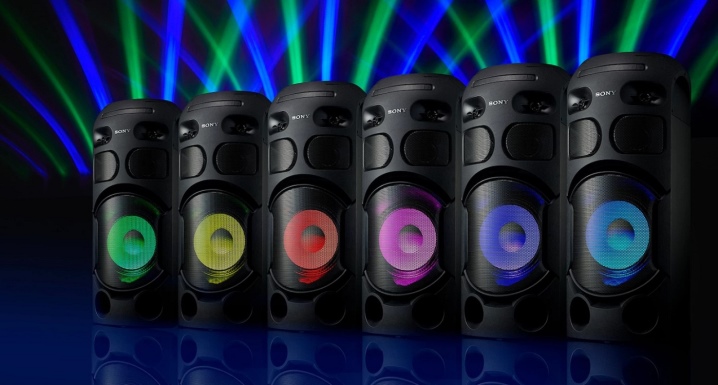
The alternative is the EXTRA BASS XB72 high-power audio system. Sony engineers have taken care of the possibility of installation vertically and horizontally. In addition to the lighting effects of the speaker, the "club" stroboscope pleases. The option for wireless connection to external Party Chain devices is based on Bluetooth technology. Settings and songs are controlled using the Sony Music Center app.
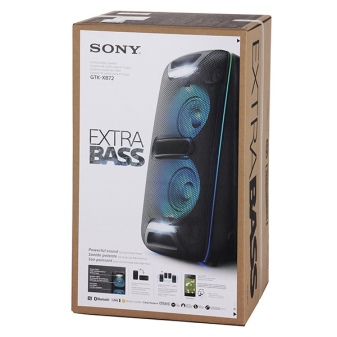
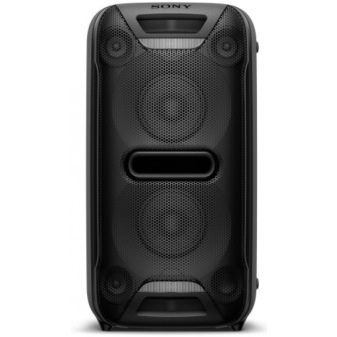
It may appear that all stereos are black or other dark colors. But in fact, there are at least no less white models. A striking example of this is Denon CEOL N10 White. The device can play FM and AM radio stations. The sound power of each of the two speakers is 65 watts.
Users can adjust the balance, as well as bass and treble. Loading CDs is done through the tray. Sound is output to both the subwoofer and headphones. The system can handle Flac files.
It was executed according to the classic one-block principle.
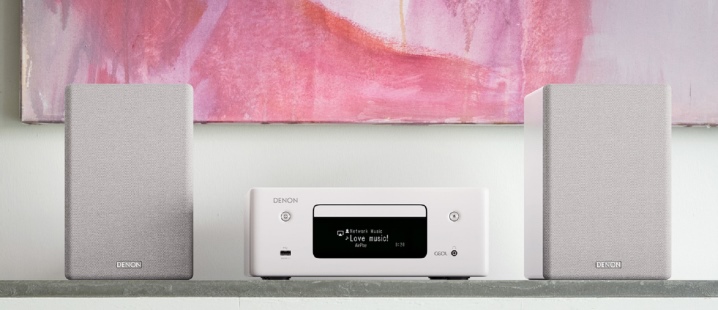
How to choose?
Choosing a music center for your home is no less important than choosing a TV, refrigerator or gas stove. That's why first you need to collect the same amount of information about all the models you are interested in. Speaker format 1.0 implies circular sound distribution. If there are several devices, you can merge them into the network using multi-room technology. But the 2.0 standard is a classic system with a pair of side speakers.

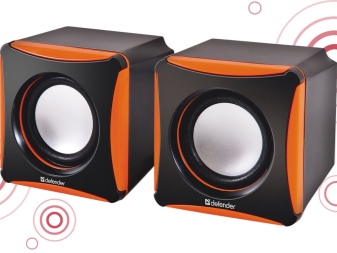
Format 2.1 means adding a dedicated lane subwoofer. This addition will allow you to better work out low and improve the quality of loud natural, technogenic sounds. When it comes to power, it is important to understand that only the maximum indicator is indicated everywhere, at which the sound quality is not yet lost. In reality, the most comfortable and clear parameters for music playback will be slightly lower. Professionals have known for a long time that no "magic tables" exist (or rather, they are only suitable for orientation).
It is very important to ask to turn on the music center in the store. Let them show how he reads different media and formats, is controlled by the remote control and via Bluetooth. Of course, there should be no mechanical defects or even peeling paint, loose ports and connectors. There is no real benefit to having a turntable in your system. Unless someone is especially fond of just such an old-fashioned way of listening to music.
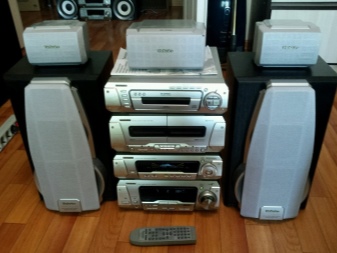
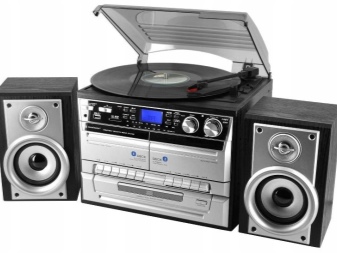
You will need to immediately figure out where the music center will be in the house... This will not only allow you to pick it up by design, but also take into account size restrictions. When it comes to devices with karaoke, it is worth initially clarifying what their real functionality is, whether there are certain options. It is also useful to distinguish between microsystems, minisystems and midisystems, to find out their differences more deeply. This will allow you to search for the optimal product only among centers of a certain class. There are a few more recommendations:
- be interested in the possibility of remote control through a mobile application;
- take into account the requirements for power parameters;
- specify the number of connectors and their variety;
- specify the number of processed cassettes and CDs;
- select the appearance to your liking.
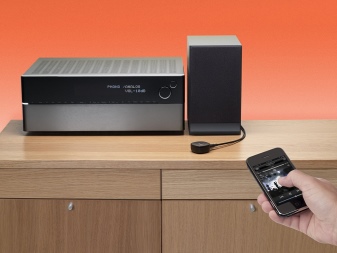
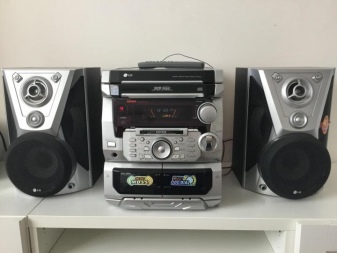
For information on how to choose a music center, see the next video.













The comment was sent successfully.